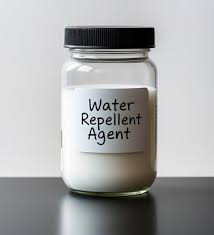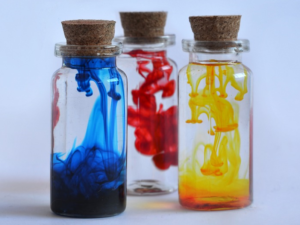Description
Unveiling the Magic of Optical Brightening Agents: Making the World a Little Whiter
In a world obsessed with cleanliness and vibrancy, it’s easy to take for granted the subtle enhancements that make our everyday products look their best. One such unsung hero is the Optical Brightening Agent (OBA), also known as fluorescent whitening agent or fluorescent brightener. These remarkable compounds work their magic by transforming invisible ultraviolet (UV) light into visible blue light, creating the illusion of enhanced whiteness and brightness.
So, How Do They Work?
The science behind OBAs is fascinating. They are organic fluorescent dyes that absorb ultraviolet (UV) light from the sun or artificial sources. Instead of absorbing and dissipating the energy as heat, like most substances, OBAs re-emit the energy as blue light within the visible spectrum. This blue light complements the yellowish cast that many materials naturally possess. By adding blue light, the overall color perception is shifted towards a brighter, whiter appearance.
Think of it like this: a white t-shirt might actually have a slight yellowish tinge. By adding blue light, the OBA effectively cancels out the yellow, leaving the shirt looking brilliantly white.
Where Are OBAs Found?
The applications of OBAs are incredibly diverse, touching countless aspects of our modern lives. Here are just a few examples:
- Paper: From pristine white printer paper to glossy magazines, OBAs are crucial for achieving a bright, appealing look.
- Textiles: Laundry detergents often contain OBAs to brighten white fabrics and keep them looking fresh, even after repeated washes. They’re also used in the manufacturing process to ensure the fabric itself is vibrant.
- Plastics: OBAs enhance the whiteness and clarity of plastic products, from packaging to toys.
- Cosmetics: Some cosmetics incorporate OBAs to brighten skin tone and create a more radiant complexion.
- Paints and Coatings: These agents improve the whiteness and brilliance of paints and coatings, contributing to a more visually appealing finish.
Benefits of Using OBAs:
Beyond the obvious aesthetic improvements, OBAs offer several other advantages:
- Enhanced Visual Appeal: They make products more attractive and desirable to consumers.
- Improved Color Perception: By counteracting yellowing, they allow true colors to shine through.
- Cost-Effective Brightening: OBAs provide a relatively inexpensive way to achieve significant improvements in brightness and whiteness.
- Durability: Many OBAs are designed to be durable and withstand repeated washing or exposure to sunlight.
Are There Concerns About OBAs?
While generally considered safe for their intended uses, potential environmental and health concerns surrounding some OBAs have led to increased scrutiny and research. Issues often revolve around:
- Biodegradability: Some older OBAs are slow to break down in the environment.
- Potential for Skin Irritation: In rare cases, certain individuals might experience skin irritation from direct contact with OBAs.
- Accumulation in the Environment: Concerns have been raised about the potential for some OBAs to accumulate in aquatic ecosystems.
Fortunately, ongoing research and development are focused on creating more environmentally friendly and safer alternatives. Numerous manufacturers are now opting for newer generation OBAs that are more readily biodegradable and demonstrate lower toxicity.
The Future of OBAs:
The demand for brighter, whiter products is likely to continue, ensuring a future for OBAs. However, the future of OBAs lies in sustainability. The focus is now on developing:
- More Biodegradable OBAs: These will break down more easily in the environment, minimizing potential harm.
- OBAs with Lower Toxicity: Ensuring the safety of both consumers and the environment is paramount.
- OBAs Derived from Sustainable Sources: Exploring bio-based alternatives to traditional petroleum-based OBAs.
In Conclusion:
Optical brightening agents are a fascinating example of how science can be used to enhance our everyday lives. While we may not always be aware of their presence, they play a significant role in making the world around us a little brighter and more visually appealing. With continued innovation and a strong focus on sustainability, OBAs will likely remain an important tool for achieving optimal whiteness and vibrancy in a wide range of products for years to come. So, the next time you admire the crisp whiteness of a document or the vibrant colors of a magazine, remember the unsung heroes working tirelessly behind the scenes – the optical brightening agents.
















Reviews
There are no reviews yet.